Thousands Years Old Buildings Found In Caucasus Mountains
In the vicinity of Tzelentzchik, Touapse, Novorossiysk and Sochi in Russia and the Abkhazian region of Georgia, there are thousands of megalithic monuments, called “dolmens” by the local people. Numerous archeological expeditions have tried to figure out their purpose, but have been unsuccessful so far. Archeologists from all over the world have examined these dolmens and claim that these megalithic structures are about 2,000 – 4,000 years old.
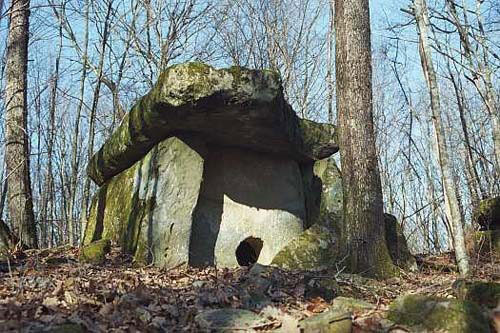
The dolmens are located on the Western Caucasus on both sides of the mountain ridge, across an area of 12,000 square kilometers.
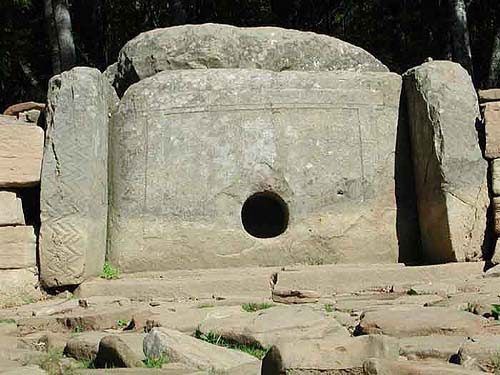
The dolmens are a truly unique type of prehistoric architecture, adorned with accurately shaped stone blocks. It’s amazing how the stones were shaped into 90-degree angles, for the corner walls or were curved to make a perfect circle especially considering that they were built somewhere between the end of the 4th millennium and the beginning of the 2nd millennium B.C.
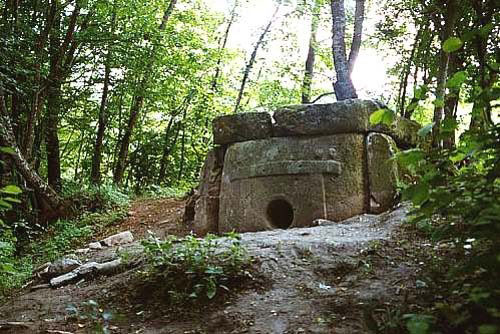
Even though they’re probably unknown in the rest of Europe, the Caucasus dolmens are just as amazing as the great megaliths of Europe when it comes to their age and quality of architecture. But archaeologists are still to determine who built them and why.
These Caucasian megaliths bear a striking resemblance to the megaliths from different parts of Europe and Asia, like France, Ireland, the Iberian Peninsula, Great Britain, Germany, Netherlands, Denmark, Israel, Sweden and India. There have been a number of hypotheses about the striking resemblance and how and why they were built in the first place but many things still remain a mystery.
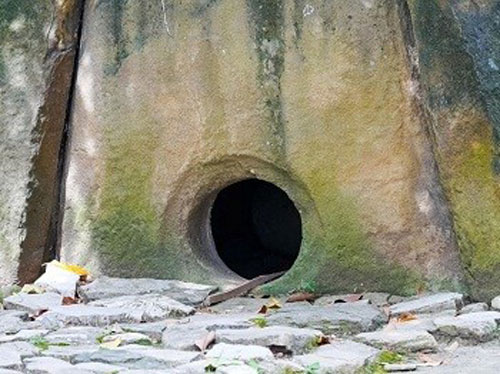
Around 3,000 of these megalithic monuments have been located in the Western Caucasus, but more are being discovered as we speak, and some are also being destroyed. Poor maintenance, vandals and general neglect have led many of these megaliths in a state of great disrepair and if proper protection and preservation is not put into effect they may become lost forever.
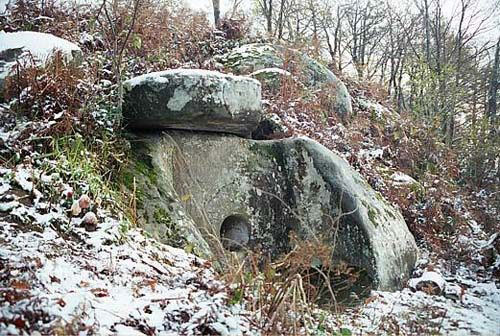
Many dolmens are located in the area of Krasnodar, a city and the administrative center of Krasnodar Krai, Russia, located on the Kuban River some 148 kilometers northeast of the Black Sea port of Novorossiysk.
There are also plenty of megaliths, dolmens and stone labyrinths all across the Caucasus Mountains, including the Abkhazia region, but these were less studied due to the inaccessibility. Most of the dolmens in this area are rectangular structures made of stone slabs or cut in rocks with holes in their facade.
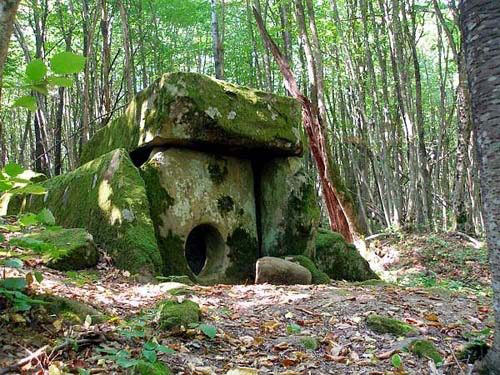
Here’s a map with the locations of some of the known dolmen structures.
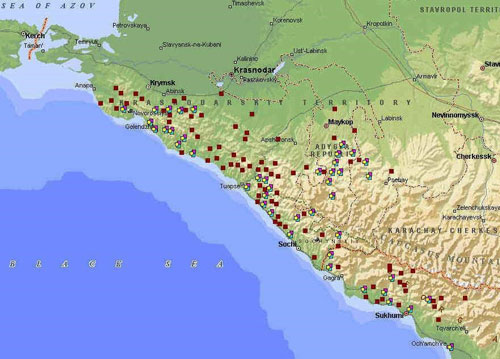
The dolmens all look alike in their structure. Almost all of them have square, trapezoidal, rectangular and round floor plans. All of them have a portal in the center of the facade, most of them being round, with just a few square ones found so far. In front of the facade there is a court, creating an area where rituals possibly took place. The court is usually bordered by large stone walls, some even a meter high, enclosing the court. Archeologists have recovered Bronze and Iron Age pottery in this area, along with human remains, bronze tools and silver, gold and semi-precious stone ornaments, which helped them date the structures.
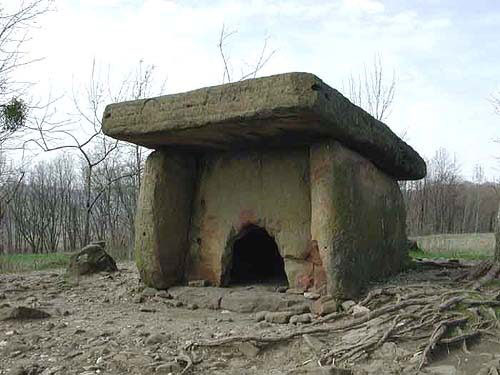
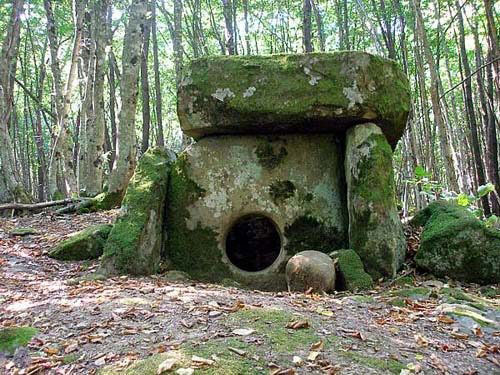
There’s not much variety in the decoration of these megaliths either, mostly vertical and horizontal zigzags, hanging triangles and concentric circles. One decorative motif found across the top of the porthole slab was the most common one, in almost all of the structures. Experts describe it as a lintel held up by two columns. Relief pairs of breasts were found on a few dolmens as well, appearing usually above the two columns of the porthole decoration. There were also stone plugs, probably used to block the portholes, recovered in almost every dolmen, which were sometimes phallic-shaped. Some of the most unusual items associated with dolmens are big round stone balls, double balls and animal sculptures.
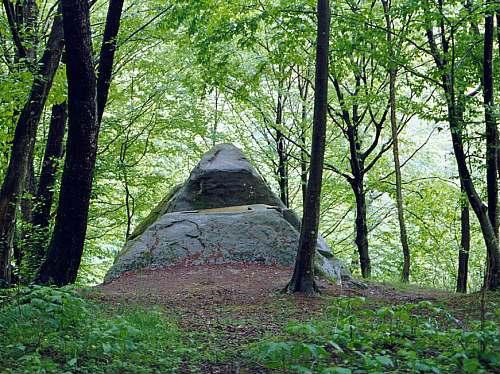
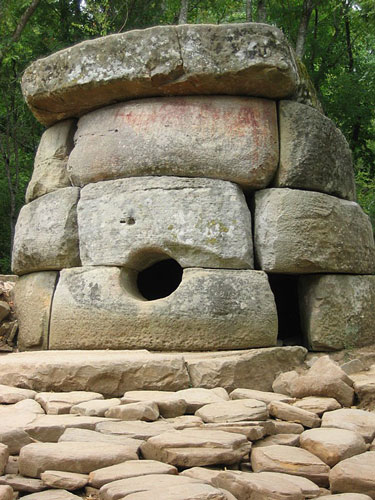
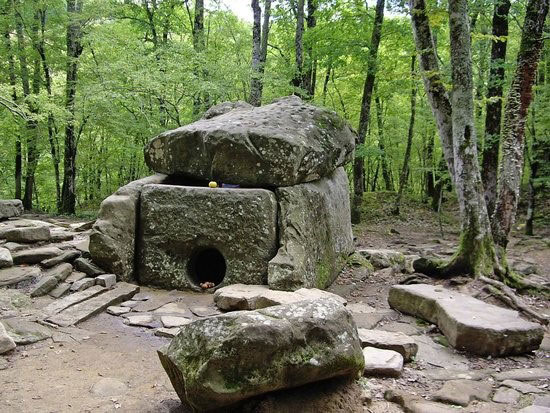
A group of three dolmens standing in a row on a hill above Zhane River on the Black Sea coast in the Krasnodar area near Gelendzhik, Russia is one of the most interesting megalithic complexes. There is also a great concentration of all types of megalithic sites including settlements and dolmen cemeteries in this area.
yogaesoteric
May 27, 2017
